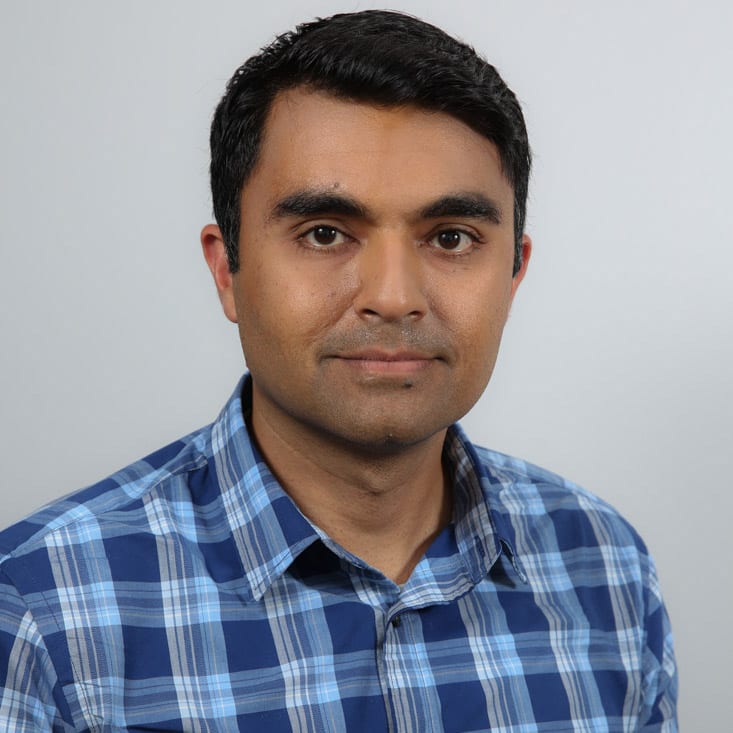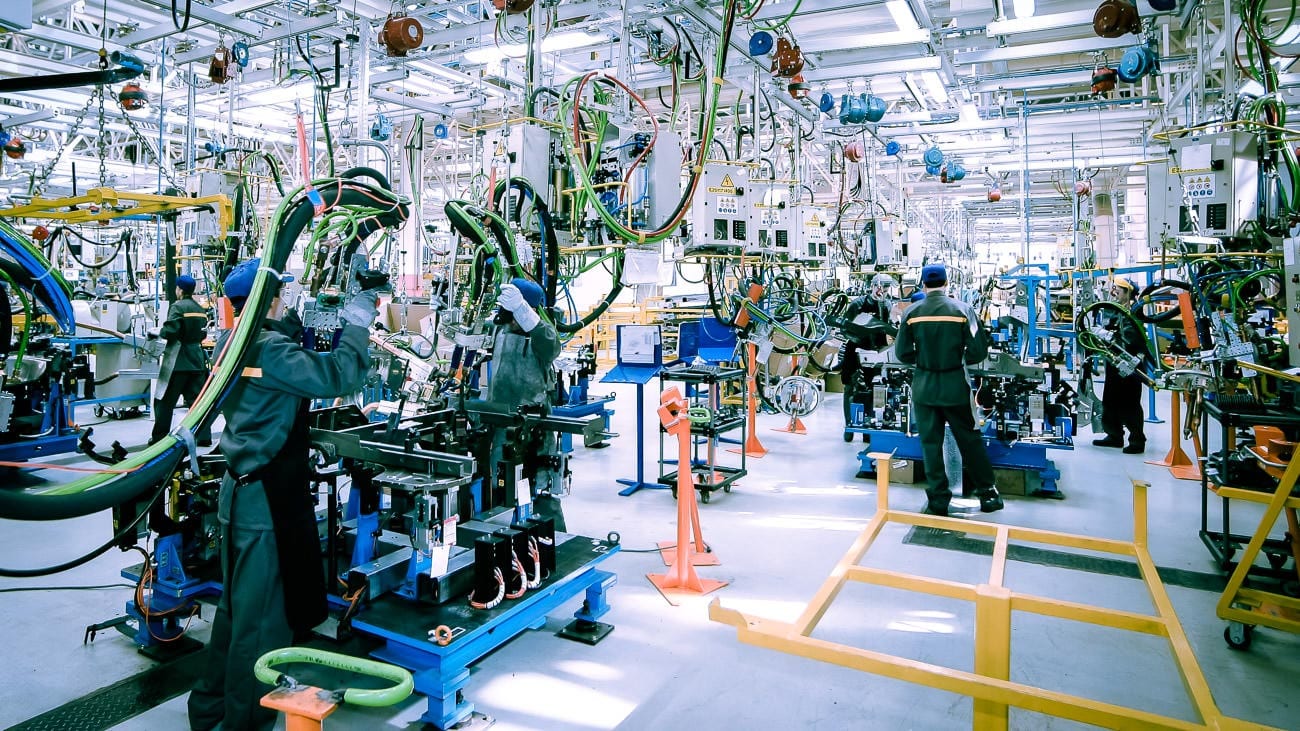I had the honor of representing ServiceMax and GE Digital recently at the Aftermarket 2018 conference in Berlin. As always, the team at Copperberg did a wonderful job organizing an event where partners and attendees felt comfortable networking, sharing ideas and leading discussions. There were some wonderful presentations from leaders at ABB, Grundfos, Airbus, Voith, Schneider Electric and more.
I thoroughly enjoyed the sessions I attended. Here are a few of my takeaways:
Accruing Knowledge on the Servitization Journey
The outcome-based economy beckons. We see more organizations looking to develop “as-a-service”-type business models. Yet, most are very early in their transformation journeys, and the overall availability of outcome-based services is limited. In recent research conducted by Vanson Bourne, fewer than 20 percent of organizations said they currently have some form of servitized business model in place, with a vast majority looking to introduce these in the near future. Transformation to outcome-based models can be very difficult, yet there are some early lessons being shared from those that have embarked on the journey:
- Outside in: Most large organizations treat digital as a separate business unit with the hope of gradually injecting digital innovations into their core business. Grundfos is an example of an organization that has benefitted from this approach as it brought in a digital leader with an entrepreneurship background to build things differently. Such a leader isn’t bogged down by existing mindsets and possible inefficiencies and can even introduce newer forms of innovation into the business. The challenge continues to exist in integrating this new mindset into the existing business.
- IT vs. OT:

Sumair Dutta, director of digital transformation, ServiceMax from GE Digital
The first step to adopt a digital mindset comes in aligning those in charge of connectivity, analytics and other customer-facing software tools with those responsible for making the equipment work. Organizations must expect a clash between these mindsets and need to reinforce that digital development is core principle on which the organization’s future will be based. Getting these two groups to work together is essential to the success of servitization and a larger digital transformation.
- Agile: With the increasing influence of a software mindset, organizations are looking to agile as a framework to move digital projects forward. Quite often, these projects get caught or delayed in traditional product development stages and never get exposed to the real operating environments even if in demo or test form. Conversations with service leaders at Terma, Voith, and Grundfos indicated a growing interest in agile as a methodology and framework to support transformation. One OEM highlighted a use case where it organized a hackathon for new digital ideas. Within three days, a group developed a solution that allowed the equipment to order its own spare parts. Hackathons are only a small reflection of the agile methodology, but they represent a change in mindset that is needed at most organizations.
- Open vs. Closed: A lot of the early innovators in the “as-a-service” mindshift are providing their customers with access to data and advanced analytics to manage the performance of their assets or equipment. However, organizations are beginning to realize that their customers don’t necessarily want 20 different systems or packages for the 20 different OEMs they might work with on a customer site. As a result, service organizations and OEMs are tasked with determining how their digital platforms will connect with others to improve ease of use and overall customer value. Most organizations start will developing a closed platform but warm to open standards and protocols once they bring their customers into the discussion.
- Customer-Driven Innovations Break Down Silos: Introducing customer feedback into the product, service or business model development process is the best way to break down internal silos in an organization. Product and service features must align with customer needs and outcomes. An identification and prioritization of these needs will help organizations determine the use cases that it must pursue which will reduce some of the ambiguity tied to the returns of servitization.
- Commercial Model Innovation Needed: Organizations are structured to develop, sell, and service products and services. Selling outcomes requires the development of a commercial infrastructure that considers offer development, offer packaging, pricing models, sales tools, customer awareness, business value engineering, outcome management, business support] and customer success. Early movers are beginning to develop these commercial models and are ramping up their necessary resources. Yet, there are new skillsets and characteristics required in the people who manage customer interactions in an outcome-driven world. These skillsets are in short supply.
Measuring Ease of Doing Business
Cisco Systems introduced me to a new metric, ease of doing business, and how to use it to measure innovation. This metric will rise in relevance as organizations change their relationship models with customers. The measurement of ease and effort will be paramount for companies as they look to deepen their involvement within a customer’s business. I believe that ease of doing business should also be used internally, as a metric to measure how different groups might collaborate with one another to improve business outcomes.
Failing on Diversity
The third day of the conference brought a spirited discussion on diversity. What started as a dialog on introducing more women into all levels of the service discipline led to a realization that organizations must address diversity in all its forms: gender, race, age, experience, background, language, interest areas and more. Some organizations have the systems in place to point to the increased performance of diverse teams. Most organizations address this issue in a reactive manner and look to the market to solve this problem. Proactive organizations are actively taking steps to make themselves more attractive to a diverse employee base by focusing on their culture and diverse set of benefits that employees can gain from being associated with their brand. There is a lot of work to be done in this area and this theme will continue to rise in prominence and urgency across service organizations.
Those are a few takeaways from the event, and I look forward to the 2019 event. It’s also worth sharing that I was an active (neither leader nor laggard) participant in the ~10km run completed as part of the Copperberg Running Club. If interested in connecting with me regarding the event, service transformations or running, please reach out to me at or find me on LinkedIn.
I’ll be speaking at the Field Service Connect event in Austin, Texas (Nov. 12-14) Please reach out if you’re interested in connecting at the event.


Share this: